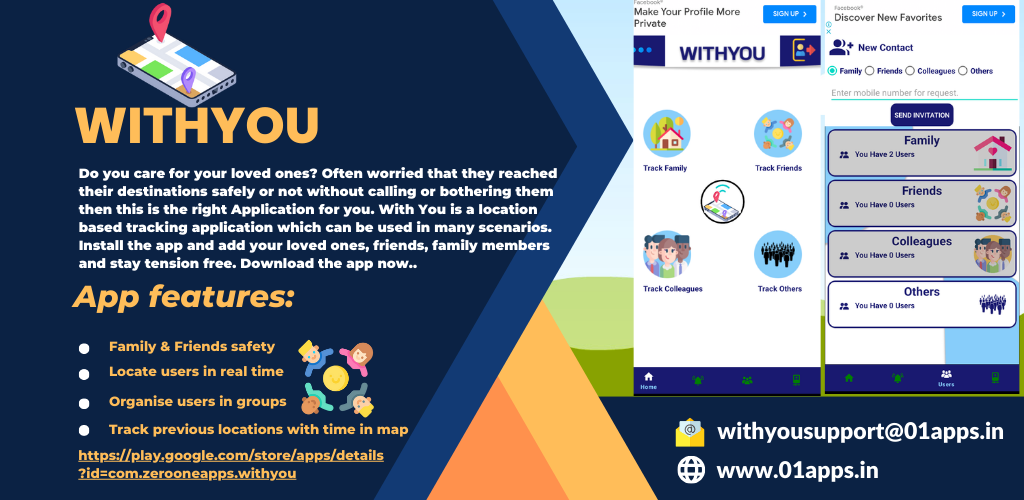Researchers describe horrific effects of new drug threat, xylazine, or “tranq”
An animal sedative approved by the FDA, xylazine has now made its way to the illicitly manufacture fentanyl supply, creating new challenges for physicians caring for its victims
Abstract: https://www.acpjournals.org/doi/10.7326/M23-2001
Editorial: https://www.acpjournals.org/doi/10.7326/M23-2299
URL goes live when the embargo lifts
The authors provide several critical recommendations for health care institutions and agencies to help combat the threat of xylazine and improve awareness among providers. They suggest educating providers in many settings (emergency departments, primary care, low-barrier clinics, opioid treatment programs, office-based opioid treatment programs) on the alterations in recognition, acknowledgment, prophylaxis, and treatment in the presence of chronic xylazine use; conducting animal and human research to further investigate xylazine–fentanyl pharmacology, toxicology, adverse effects, withdrawal syndrome, and treatment strategies; expanding screening to include xylazine on standard urine drug testing; further define the test characteristics to understand the parameters and timing of testing; harm-reduction efforts including increased surveillance of the drug supply and xylazine test strip distribution; expanding access to low-barrier treatment settings with collocated substance use disorder and wound care treatment; and expanding access to inpatient and residential settings where both wound care and substance use disorder treatment are offered.
An accompanying editorial by authors from New York University and University of Florida College of Medicine emphasizes the importance of comprehensive surveillance of xylazine use and poisonings. The authors note that most data on xylazine use comes from decedents and an increasing number of studies monitoring hospitalization, very little is known about the more common outcome—use that does not lead to hospitalization or death. The authors suggest several courses of action that can be taken to increase understanding of xylazine use and risk, including monitoring drug-using persons who are not currently at risk; including xylazine in drug testing efforts; and educating users, clinicians, and researchers about exposure.

